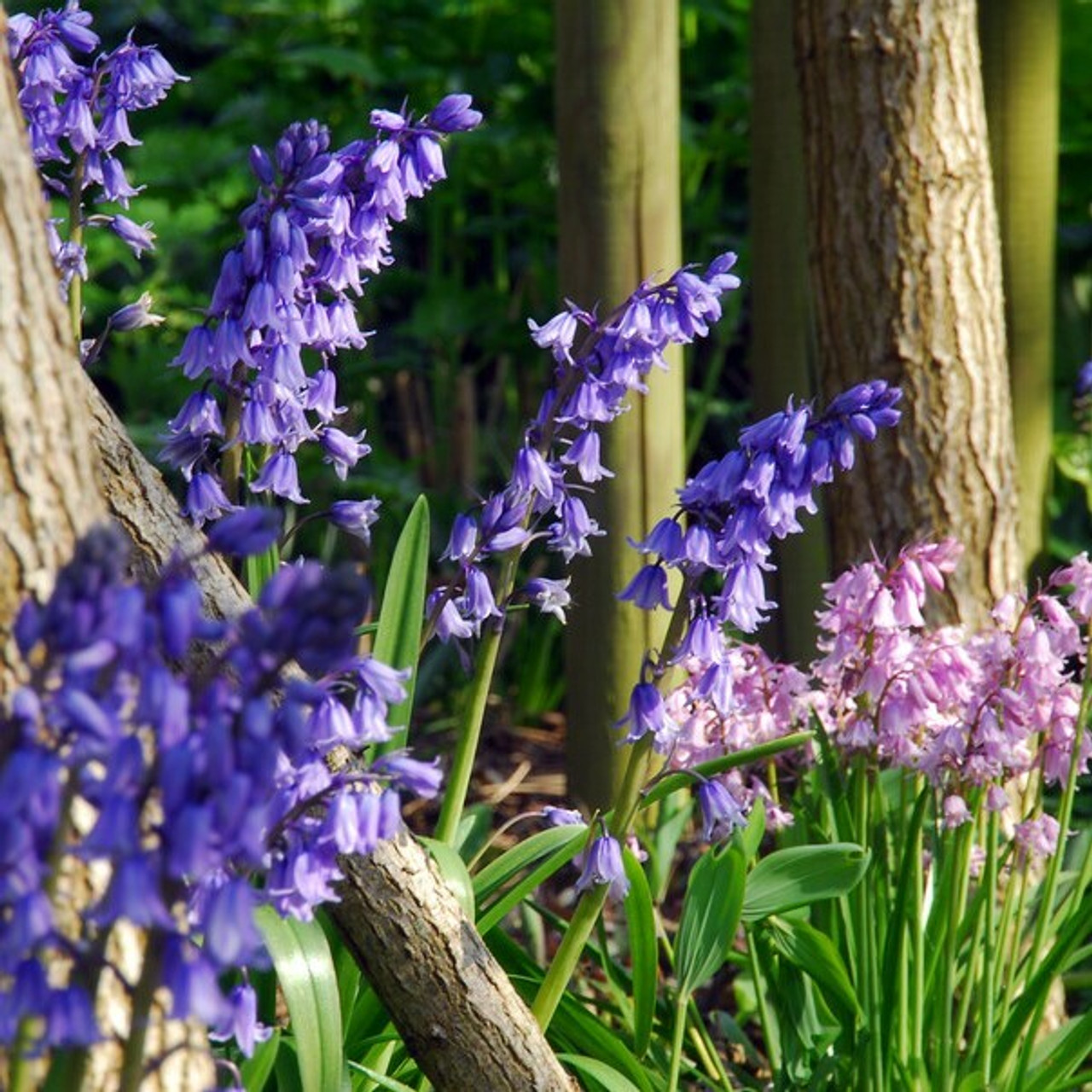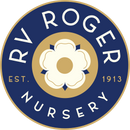
Hyacinthoides
A genus of around 11 species, found thoughout Europe, and commonly known as the bluebell. A familiar sight in parks, woodlands and gardens throughout the British Isles in late Spring.
H. non-scripta is the beloved native English bluebell, carpetting woods across the country with nodding heads of sweetly-scented violet-blue flowers.
H. hispanica is the Spanish Bluebell, native to large parts of the Iberian Peninsula. A much-maligned plant, as it hybridises easily with the native common bluebell and the resulting hybrids are seen as invasive. If kept under control in a garden or grown in a container, they make wonderful displays where the the larger flowers provide more of an impact.
How to grow Hyacinthoides bulbs:
Bluebells are a woodland bulb, so a site in partial shade and with a soil rich in organic matter is ideal. Under deciduous trees or by a hedge, they will soon naturalise and spread. They prefer a slightly acidic soil, but will cope with any except very alkaline.
Plant the bulbs 15cm deep as soon as they arrive - if kept in storage they are prone to drying out and shrivelling.
The foliage persists for longer than many other spring bulbs, allow to die-back naturally the best flowering display the following year. For this reason bluebells are not best suited to growing in grassland than needs mowing.

